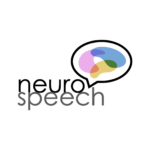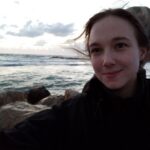Lien vers Pubmed [PMID] – 36319278
Lien DOI – 10.1063/5.0117845
Chaos 2022 Oct; 32(10): 101101
Formation of synchronous activity patterns is an essential property of neuronal networks that has been of central interest to synchronization theory. Chimera states, where both synchronous and asynchronous activities of neurons co-exist in a single network, are particularly poignant examples of such patterns, whose dynamics and multistability may underlie brain function, such as cognitive tasks. However, dynamical mechanisms of coherent state formation in spiking neuronal networks as well as ways to control these states remain unclear. In this paper, we take a step in this direction by considering the evolution of chimera states in a network of class II excitable Morris-Lecar neurons with asymmetrical nonlocal inhibitory connections. Using the adaptive coherence measure, we are able to partition the network parameter space into regions of various collective behaviors (antiphase synchronous clusters, traveling waves, different types of chimera states as well as a spiking death regime) and have shown multistability between the various regimes. We track the evolution of the chimera states as a function of changed key network parameters and found transitions between various types of chimera states. We further find that the network can demonstrate long transients leading to quasi-persistence of activity patterns in the border regions hinting at near-criticality behaviors.

